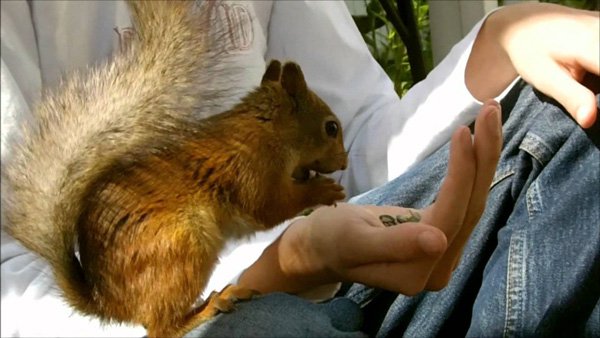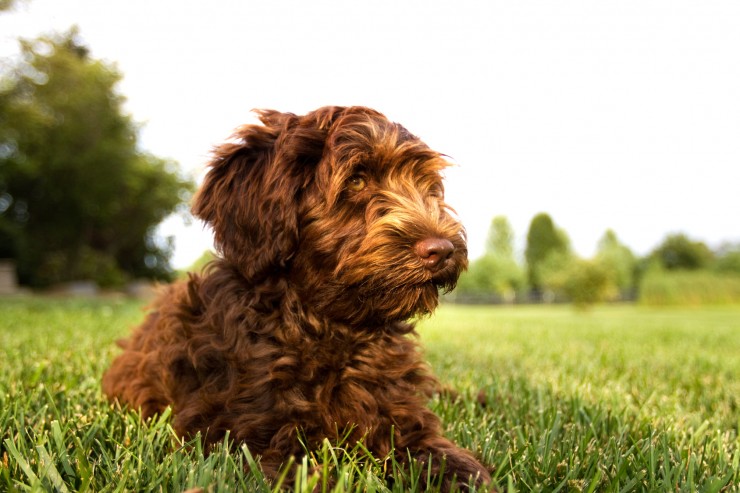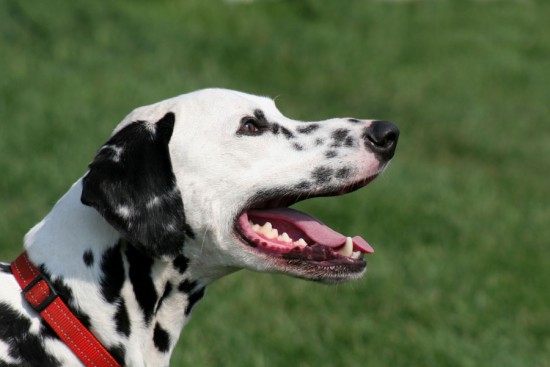
You have noticed a change in your dog’s stools, and you do not know what to do. It is not uncommon for veterinarian offices to receive multiple calls daily from owners noticing the same problem. Before you call the vet, there are things you can do at home to determine whether or not your pooch requires an exam. Be calm; this is not an uncommon problem.
Dogs can experience diarrhea for hundreds of reasons; and, in most cases, there is no reason to be alarmed. Unfortunately, there are also many forms of diarrhea, and just a glance will not always help you in figuring out the cause. Unless your dog’s excretions contain blood, then you do not need to call the veterinarian right away. However, the presence of blood can signify a serious health problem, and you should contact your veterinarian immediately. Other signs that your dog needs to go to the vet include fever, abdominal pain, vomiting, problems defecating, or noticeable pain and discomfort. The best way to take a dog’s temperature is rectally, but this may be impossible due to the pain he is already experiencing. You can lightly press on his abdomen to see if he is uncomfortable. Dehydration is usually accompanied with vomiting, and should be handled at once. Before you rush to the vet, try to obtain a sample of fresh stool and place it in a sealed container. It may seem odd, but testing the sample can help the vet determine the cause of the blood and diarrhea.
If blood is not present, then try to determine what may be the cause of your pooch’s discomfort. Think back to the past few hours spent with your dog. Did you notice that he was eating an unusual item or drinking out of a mud puddle? Small instances like this could be the cause. Common treatable causes include contaminated water, an un-agreeable food item, allergies, and changes in diet; however, there are numerous other causes. The first thing you should do is change your dog’s diet. Feed him something bland, such as boiled chicken, or reduce his food intake. Try this for 24 hours. If the problem still persists, then contact your veterinarian as it may be a sign of a serious problem.
Changes in diet are often the cause of diarrhea, so a bland diet will only stop the problem temporarily. If you have recently started the process of changing your dog’s food, then you need to take the process even more slowly than you already have. Mix more of his old food in with his new, until the problem stops. Sometimes, your dog’s body will simply not agree with a certain type or brand of food. For this reason, you may have to move him completely back to his old food and choose another. This process can take several tries, depending on the dog.
There are preventive measures you can take to ensure the comfort of your dog. Since water contamination is a cause of diarrhea, you should clean out your dog’s water bowl daily. You don’t have to stick it in the dishwasher, but you should use soap, warm water, and a scrubber. Your dog should always have access to plenty of water. Constant water access can also prevent a more serious cause of diarrhea: dehydration. Pay attention to what your dog likes to chew on. Poisonous houseplants or outdoor plants can cause problems. Never let your dog have access to the trash or feed him table scraps. Most importantly, keep your dog healthy. He should have a clean living environment, exercise often, get lots of attention, and be free from anxiety.
Dog diarrhea is not uncommon. Most of the time, it can be treated at home within 24 hours. However, if your dog looks sick or uncomfortable or if there is blood in his stool, then you should call your veterinarian immediately. If blood and discomfort are not present, and you have tried to treat the diarrhea at home but failed, then you should also contact your veterinarian. Diarrhea cannot always be avoided, but preventative measures include a clean water bowl and lots of water. Always look out for the health and wellbeing of your pooch; a clean living environment can make the difference between a sick and healthy dog.
 Important Questions To Ask The Breeder Of Your Potential New Yorkshire Terrier
Important Questio
Important Questions To Ask The Breeder Of Your Potential New Yorkshire Terrier
Important Questio
 Beginning guideline regarding starting a moose plantation using the add-on associated with moose wall
Beginning guideline regarding starting a moose plantation
Beginning guideline regarding starting a moose plantation using the add-on associated with moose wall
Beginning guideline regarding starting a moose plantation
 Interesting Facts About A Cats Nose
Interesting Facts
Interesting Facts About A Cats Nose
Interesting Facts
 Grooming The Labradoodle
Grooming The Labr
Grooming The Labradoodle
Grooming The Labr
 Deaf Dog, Hearing World - Living With Your Deaf Dog
Deaf Dog, Hearing
Deaf Dog, Hearing World - Living With Your Deaf Dog
Deaf Dog, Hearing
Copyright © 2005-2016 Pet Information All Rights Reserved
Contact us: www162date@outlook.com